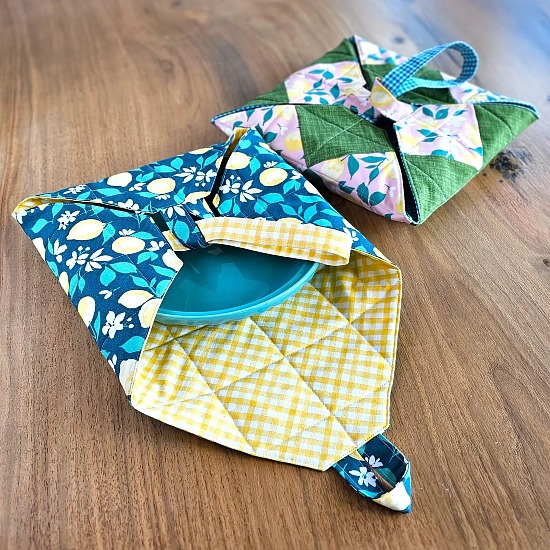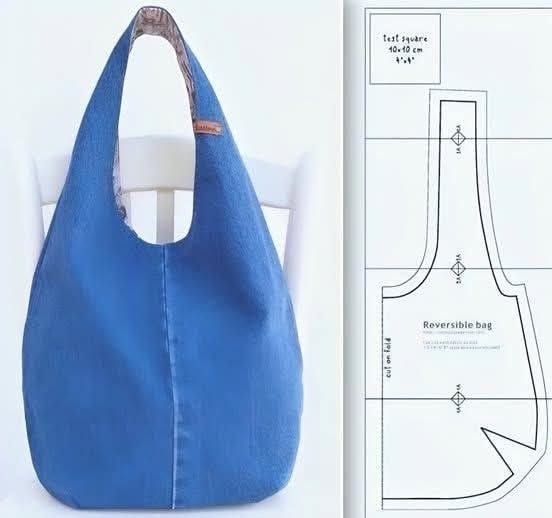
If you’ve ever wanted to express your personal style through accessories, now is the perfect time to learn how to make your own bags and wallets.
Crafting your own accessories not only gives you total control over color, fabric, and size, but it also allows you to create something practical and beautiful with your hands.
Whether you’re looking to save money, upcycle old fabric, or simply enjoy a new creative hobby, making your own bags and wallets is both rewarding and fun.

The world of handmade accessories is full of possibilities. From elegant clutches to everyday tote bags and compact wallets, there are endless styles and techniques to explore.
The best part? You don’t need to be a sewing expert to get started. Many beginner-friendly tutorials are available, and with basic tools and a little patience, you’ll be creating custom pieces in no time.
As you learn how to make your own bags and wallets, you’ll also discover the satisfaction that comes from using something made entirely by you.
Handmade items always carry a unique charm—and whether you’re keeping your creations for personal use or giving them as gifts, your effort and creativity will shine through. Let’s walk through everything you need to begin this creative journey.
Before you can learn how to make your own bags and wallets, it’s important to start with the right materials. Selecting quality supplies not only makes the crafting process easier, but it also ensures your final product is strong and long-lasting.
Start with choosing your fabric. Cotton canvas, denim, faux leather, and quilting cotton are popular choices depending on the style and structure of the bag or wallet you want to create. Sturdier fabrics are ideal for tote bags and backpacks, while lighter fabrics can be used for pouches or small wallets.
Interfacing is essential for giving your bag structure. It helps stiffen soft fabrics and gives your creations a professional finish. Fusible interfacing is the easiest to use for beginners and can be found in various thicknesses depending on your project’s needs.
For sewing, a reliable machine is ideal, but you can also sew smaller projects by hand if needed. Make sure you have strong thread, sharp fabric scissors, pins or clips, and a ruler or measuring tape. A rotary cutter and cutting mat are also helpful for precise fabric cutting.
Zippers, snaps, magnetic closures, and buttons are commonly used in bags and wallets. You’ll want to pick hardware that matches the style and color of your fabric while also being functional and easy to use.
Having a pattern or template makes everything much smoother. Many free and paid patterns are available online, and most include step-by-step instructions. As you gain experience, you might even create your own designs.
When you first learn how to make your own bags and wallets, starting with simple projects helps you build confidence. These beginner-friendly ideas are a great way to develop your skills and see quick results.
A zippered pouch is a perfect starter project. It teaches basic zipper installation and simple sewing techniques. You can use these pouches for makeup, pens, or even coins.
Tote bags are another beginner favorite. They involve basic shapes and straight stitching, and they’re incredibly versatile. You can add pockets or lining as you get more comfortable with the process.
Simple cardholders or mini wallets are great for practicing precise stitching and working with smaller pieces of fabric. They make fantastic gifts and help you learn how to add snaps or closures.
A fold-over clutch is a slightly more advanced project that introduces you to lining and structure. You can personalize it with colorful zippers, patterned fabric, or even embroidery.
Drawstring bags are another easy and satisfying option. They don’t require zippers or complex closures and are useful for travel, gift-giving, or organizing household items.
As you explore these projects, remember to take your time and enjoy the process. With each new bag or wallet, you’ll improve your technique and gain new ideas for future creations.
Once you feel confident in the basics, it’s time to add flair and personality to your pieces. One of the best reasons to learn how to make your own bags and wallets is the freedom to customize every detail.
Start by choosing unique fabric combinations. Mixing prints or adding contrast linings can make your bags stand out. You can even use recycled clothing or vintage fabric for a one-of-a-kind touch.
Consider adding appliqué or embroidery. Stitching your initials, a simple motif, or a quote onto your bag adds a handmade charm and turns your creation into something truly personal.
Use decorative hardware like gold zippers, antique buttons, or colorful snaps. These small elements enhance the final look and can completely change the style of a basic pattern.
Pockets and compartments are functional details that can be added to nearly any design. Customize the number and size of pockets based on how you plan to use the bag or wallet.
Label your creations! Many makers add a small tag with their name or a handmade label sewn inside. It’s a nice finishing touch and gives your work a polished, boutique-quality feel.
Don’t be afraid to experiment. Add tassels, fringe, patchwork, or even try using cork or vinyl fabric for a different texture. The goal is to have fun and make pieces that reflect your unique style.
If you fall in love with the craft and get great feedback on your work, you might consider turning your passion into income. After all, when you learn how to make your own bags and wallets, you’re gaining skills that others may be willing to pay for.
Start small by gifting your handmade items to friends and family. This helps you test your designs and get honest feedback. It also builds word-of-mouth interest.
Set up a social media page or online shop to showcase your work. Platforms like Instagram, Facebook, or Etsy are popular choices for handmade goods. Be sure to take high-quality photos and write clear descriptions.
Pricing your work can be tricky, but remember to consider the cost of materials, time spent, and any fees associated with selling online. Don’t undervalue your time or talent.
Offer customization options like fabric choice, monograms, or size variations. Personalized items tend to sell well and help you stand out in a crowded market.
Attend local craft fairs or markets. In-person events are a great way to connect with customers, build your brand, and get real-time feedback. Bring business cards or flyers to help people remember you.
Keep improving your skills. Invest in new patterns, take online classes, and continue to challenge yourself with new techniques. A successful business thrives when the creator stays inspired and keeps learning.
Q: Do I need a sewing machine to make bags and wallets?
A: While a sewing machine speeds things up and creates strong seams, you can definitely make smaller items like wallets by hand, especially if you’re just starting out.
Q: What is the best fabric for beginners?
A: Cotton canvas and quilting cotton are great for beginners. They’re easy to work with and come in a wide variety of colors and patterns.
Q: Where can I find patterns for bags and wallets?
A: Many websites offer free and paid patterns. Etsy, Pinterest, and sewing blogs are great places to look. You can also find tutorials on YouTube.
Q: How long does it take to finish a bag or wallet?
A: Simple wallets or pouches can be completed in under an hour. Larger projects like tote bags may take a few hours, depending on complexity and your skill level.
Q: Can I wash handmade bags and wallets?
A: Most cotton-based bags are machine washable, but always check the care instructions for your fabric and any hardware. It’s safest to hand wash and air dry.
Q: How can I sell my handmade items?
A: You can sell them online through platforms like Etsy or Shopify, or locally at craft fairs and markets. Social media is also a powerful tool for reaching potential buyers.
Now that you know how to learn how to make your own bags and wallets, the creative possibilities are endless. From choosing fabrics and tools to customizing your pieces and even selling them, this craft offers both satisfaction and versatility.
We’ve explored everything from beginner-friendly projects to personalizing your designs and even starting a small business. Making your own bags and wallets is not only fun but also empowering—you create practical, beautiful items with your own two hands.
If this guide helped you get inspired or you’re already planning your next creation, we’d love to hear from you. Please leave a sincere opinion in the comments and share any suggestions or project ideas you’d like to see next. Happy making!
